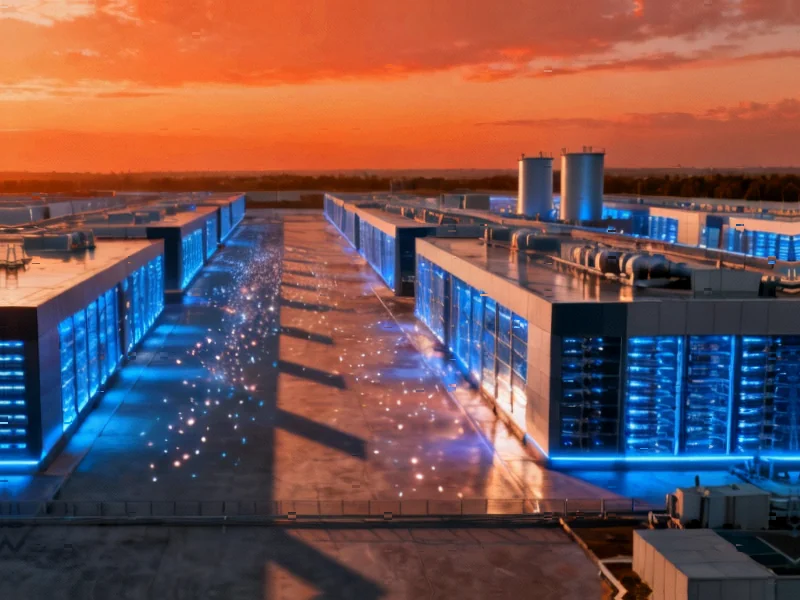According to Fast Company, a recent MIT/NANDA report has revealed that a shocking 95% of enterprise AI deployments fail to deliver measurable results. That means only 5% of AI pilot programs actually succeed, despite companies pouring billions into artificial intelligence initiatives. The research shows that availability of advanced AI models isn’t the problem – today’s predictive intelligence capabilities were dreams until very recently. The failure point turns out to be as old as software itself: companies are trying to plug revolutionary AI into yesterday’s broken systems and expecting transformation. Most businesses are learning this lesson the hard way through wasted investments and disappointing outcomes.
We’ve seen this movie before
Here’s the thing – this shouldn’t surprise anyone who’s lived through previous technology disruptions. We went through this with ERP systems, with cloud migration, with digital transformation. Every time, companies think they can just slap new technology on top of their existing mess and suddenly become efficient. And every time, they learn the hard way that broken foundations break new tools. This isn’t an AI bubble – it’s a correction. A wake-up call that plug-and-play salvation isn’t coming for businesses that haven’t done their homework.
The real problem isn’t the AI
Look, the issue isn’t the tool. It’s the environment it enters. Most companies are operating with what the report calls “disconnected data” – fractured, siloed, and sometimes even contradictory information systems. They’ve spent years duct-taping solutions together, relying on consultants who never fully understood the business. Now AI enters this stack and encounters a mess it can’t make sense of. You can’t train intelligence on garbage data and expect brilliant insights. It’s like trying to teach a genius using conflicting textbooks from different eras.
Foundations matter more than ever
So what’s the solution? Basically, companies need to do the unsexy work first. Clean the data. Fix the processes. Integrate the systems. This is where having reliable industrial computing infrastructure becomes crucial – whether you’re running AI in manufacturing, logistics, or any operational environment. Companies that invest in solid foundations before layering on advanced AI are the ones seeing that 5% success rate. The others? They’re learning that Hail Mary technology adoption only guarantees one thing: fast failure.




